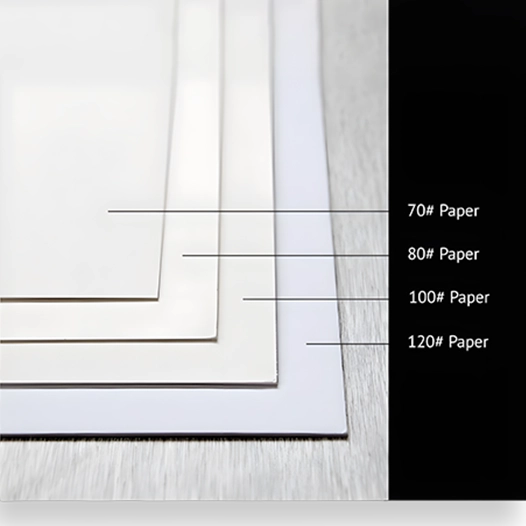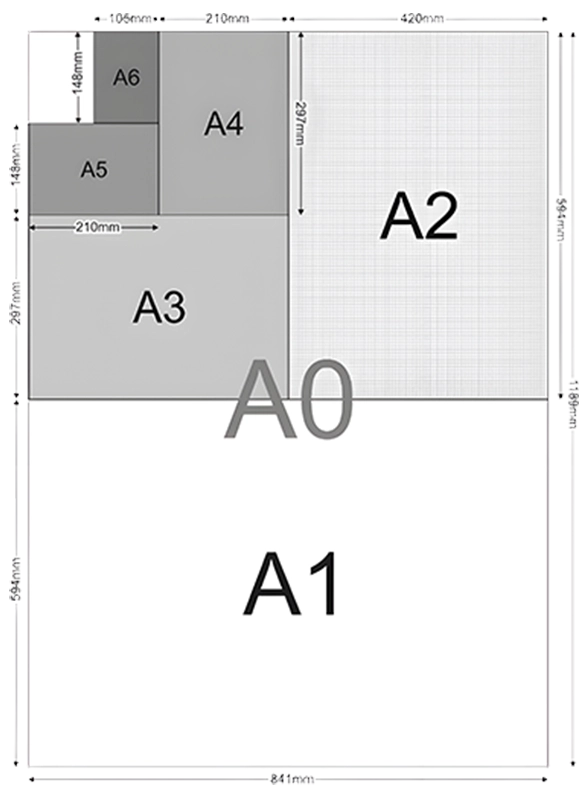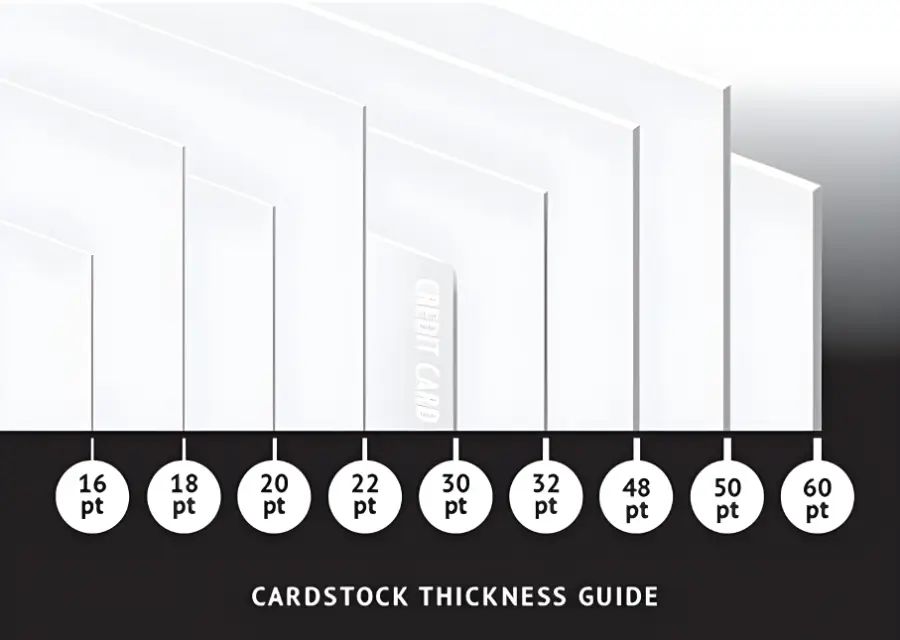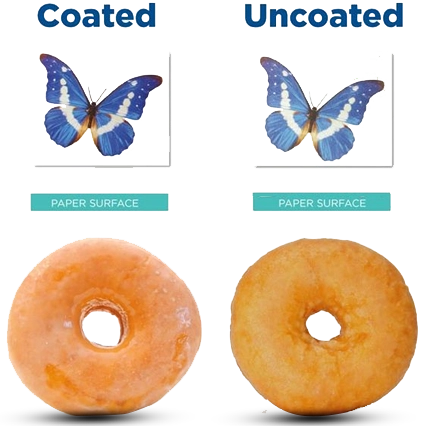From paper types to sizes, thickness, opacity, and finish, all these features can make your selection more intimidating and complicated. How well your printed results will turn out depends on the paper you choose. One wrong selection and you will end up in a very stressful situation. Therefore, follow this guide closely and make an informed decision that saves you money and ensures better print results.
The digital design for your brochure or flyer is ready and looks amazing. Good. Now, it's time to finish the job by picking the right paper. Weight, finish, brightness, and opacity are some crucial features to consider if you want the printed results to look as good as digital graphics.
When we talk about the paper weight, it directly refers to its thickness. The heavier paper you pick, the thicker it will be. Thickness determines the sturdiness as paper that is heavy in weight is less likely to wrinkle and will always convey higher quality. However, it depends on your use.
20 lbs is the common weight for papers that are used for printing, but it can shuffle in between 20 lbs to 32 lbs for different marketing projects. 16-20 lb bond paper is lightweight and suitable for copy paper or normal documents. 24 lb bond paper can withstand handling like reports.
For high-quality printed projects, 32-36 lb bond paper is perfect as it is durable. The paper type can go up to 65 lb cover stock. It is heavy and can be used for business cards, folders, and other other covers. All in all, you have to be mindful while selecting any paper for printing.
‘A size' paper is the standard type that is mostly used for printing. It ranges from A0 to A10, with the first one being the largest size while the latter being the smallest. The aspect of 2:1 ratio is important for all paper sizes. We will discuss some of its most popular types in detail.
A3 & A4A3 is bigger in size and gives you space to print large graphic pieces. If your document has to make more visual impact or contains high-resolution images, then go for A3 size. On the contrary, A4 is smaller in size but a more versatile option. You can get it in different weights or coatings as well.
Other A SizesA5 and A6 are smaller and most preferred options for flyers, pamphlets, or other small media. However, if you want to print posters and banners, then go for the largest options available, like A1 or A2. Every size has its significance and is suitable for specific applications you should know.
RA & SRA SizesAs far as commercial printing is concerned, SRA paper, which is slightly bigger than A-size paper, is used because it protects the sides of the paper from ink bleeds during printing. Extra space for bleeding, gripping, and trimming makes it a perfect choice when printing is done on a large scale.
C Size PaperC-size paper also ranges from C1 to C10. They are almost identical to A-size papers, but there is a marginal difference in size. You will mostly find them being used for envelopes. They are designed in a way so that A-size papers can easily fit inside, as this is the concept behind C-size papers.
We have already discussed how papers are categorized based on their weight. The thickness is not much different, but we cannot use both these terms interchangeably for paper types. Thickness is basically a measurement that tells us how many hundredths of an inch thick a single sheet of paper is. Points or pt is used to describe the thickness of a paper. 10pt means the paper is 0.01 inches thick. For business cards, the preferred thickness is 12 to 14pt.
There are two versions of printing papers available, coated or uncoated. You will get a variety of options in coated ones, and each of them will have a specific finish. Let's explore them in detail:
Uncoated PaperUncoated papers are plain with no extra layering. The non-glare surface has mind-blowing ink receptivity and absorbency. You can use it for printing and write on it with a pen too. Letterheads and similar documents are common applications of uncoated papers. They also come in different textures and finishes to enhance your printing experience.
Coated PaperVarnish, UV, and aqueous are a few of the most common coatings available. Matte and gloss are the most popular finishes that these coatings offer. Gloss paper has a high shine and is perfect for flyers and brochures. In contrast, matte paper has less shine and prevents glare. Matte-coated papers can give your prints an extra richness.
When you are clicking a picture, the whiteness or brightness determines how good the result will be. It can make a world of difference to the appearance of your printed projects. The scale from 0-100 measures the reflectance of blue light wavelengths. The higher the count, the brighter the paper to the eye. From shades and tones to the sharpness of your texts and images, everything is directly related to the color or brightness level of your paper stock.
The opacity is another factor that we can't overlook while picking the right paper for printing. Opacity is nothing but just the measurement of how see-through your paper is. The more light it can let through, the more transparent it is. The weight and thickness are the two factors that majorly influence the transparency or opacity of your sheets. It is also measured on a scale of 0 to 100. Sheets with lower opacity are normally used for tracing papers.
Transparency or brightness can be a bit tricky features to understand if you are not knowledgeable enough. So instead of going for the wrong printing paper, it is better to seek guidance. Our expert team of printers is always there to assist you. We will try to make sure that you get the best results out of your printed projects.
You are not too far away from getting expert printers on board and making your next project a big success. If you have any paper-related queries or want to know more about our services, feel free to contact us through call or email. You can fill up this form to initiate your project or to get a custom quote.
📞 Call Us Today: +971 542 265 592


